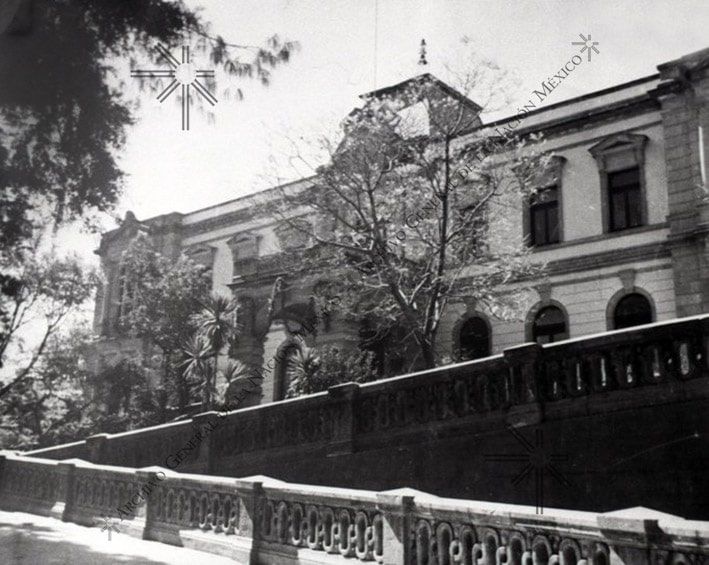A Brief History of the La Castañeda Insane Asylum in Mexico
Mexico's largest mental health facility, the La Castañeda General Asylum, became infamous for its inhumane treatment and deplorable conditions for its patients. The indignation led family members to escalate their petition to the highest levels to demand attention to their urgent needs.





